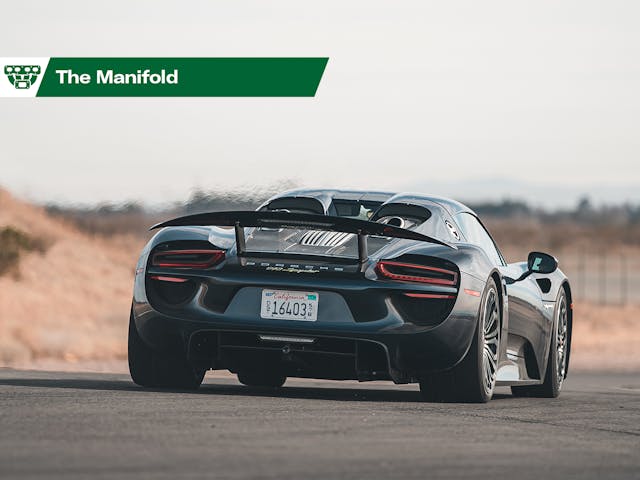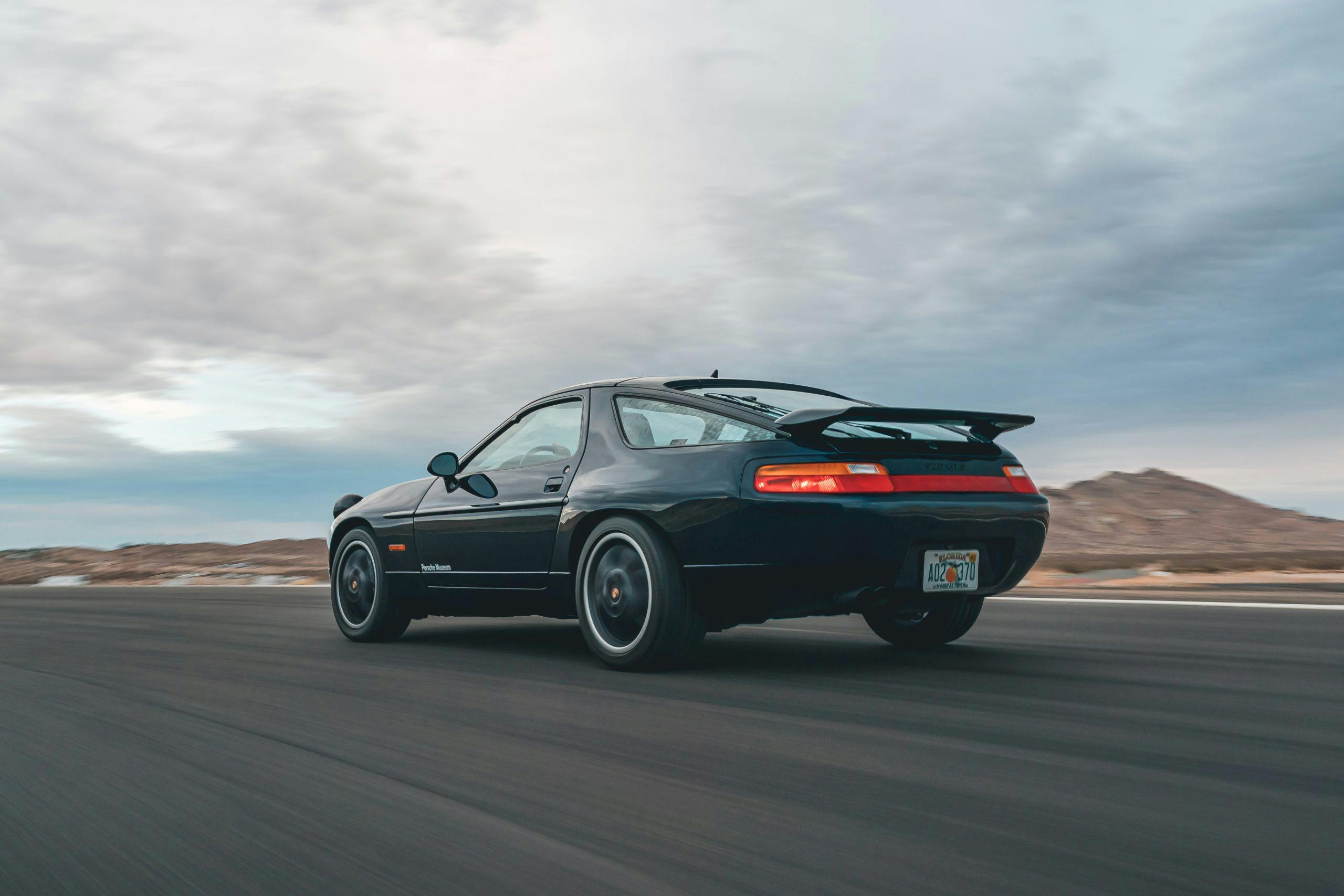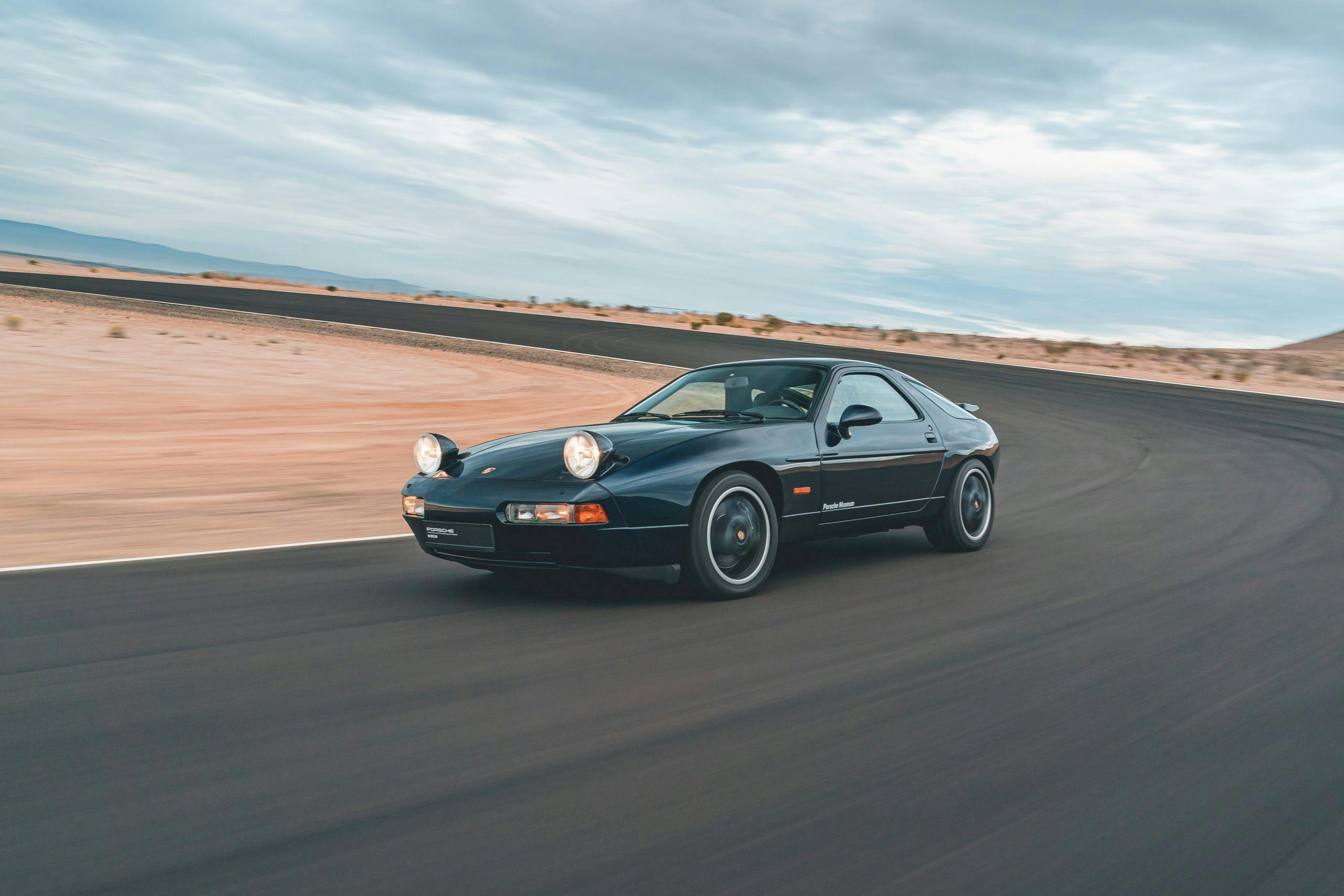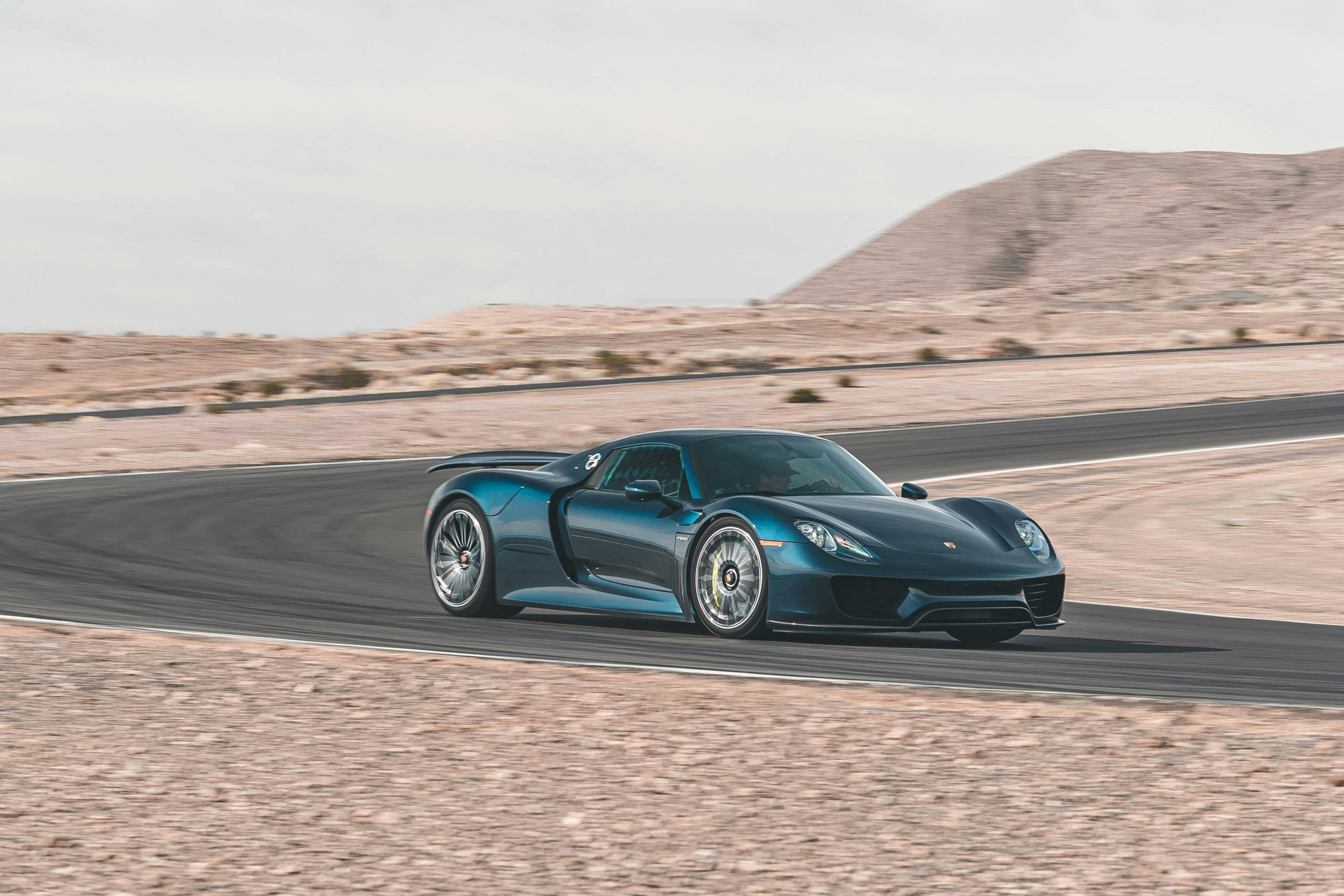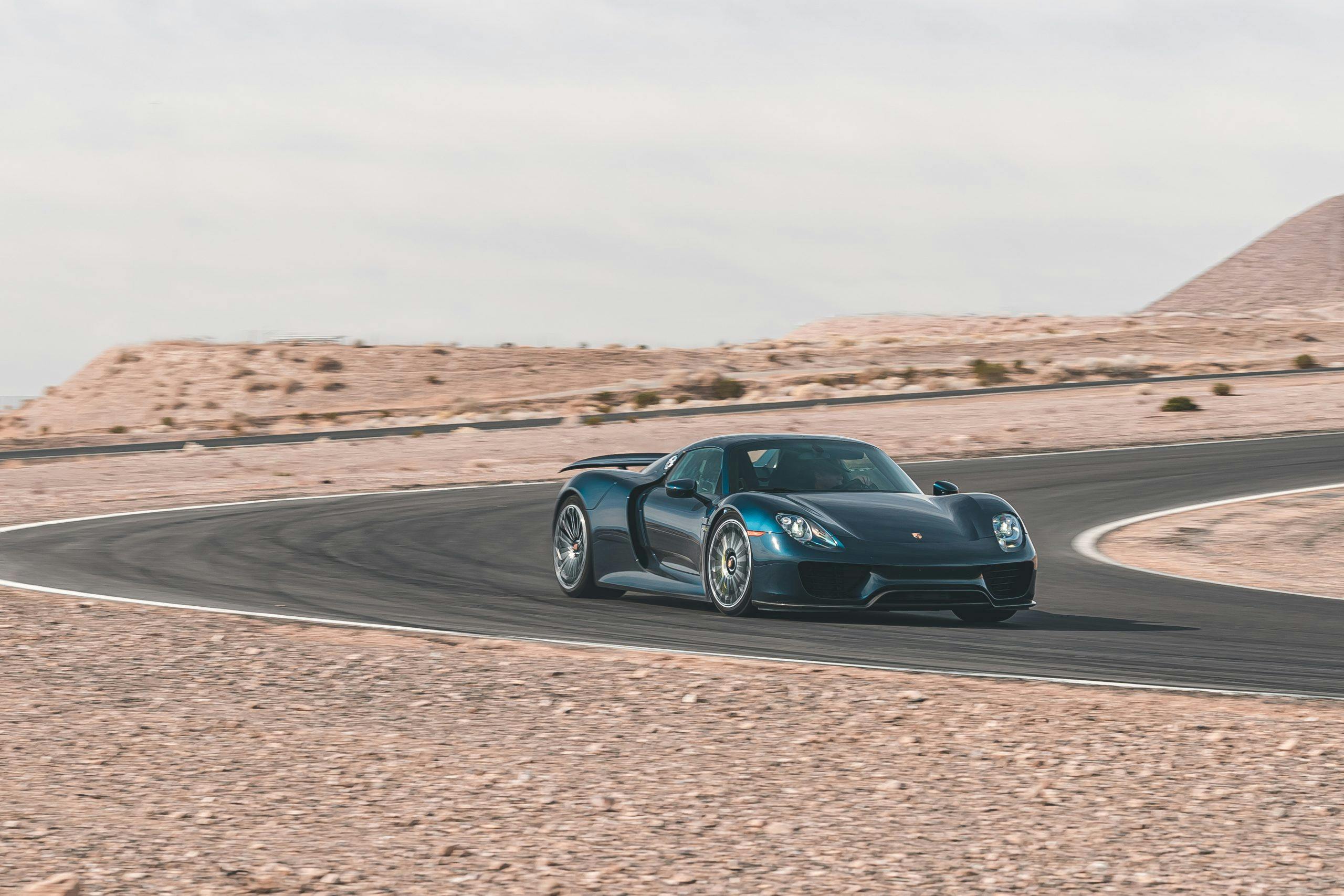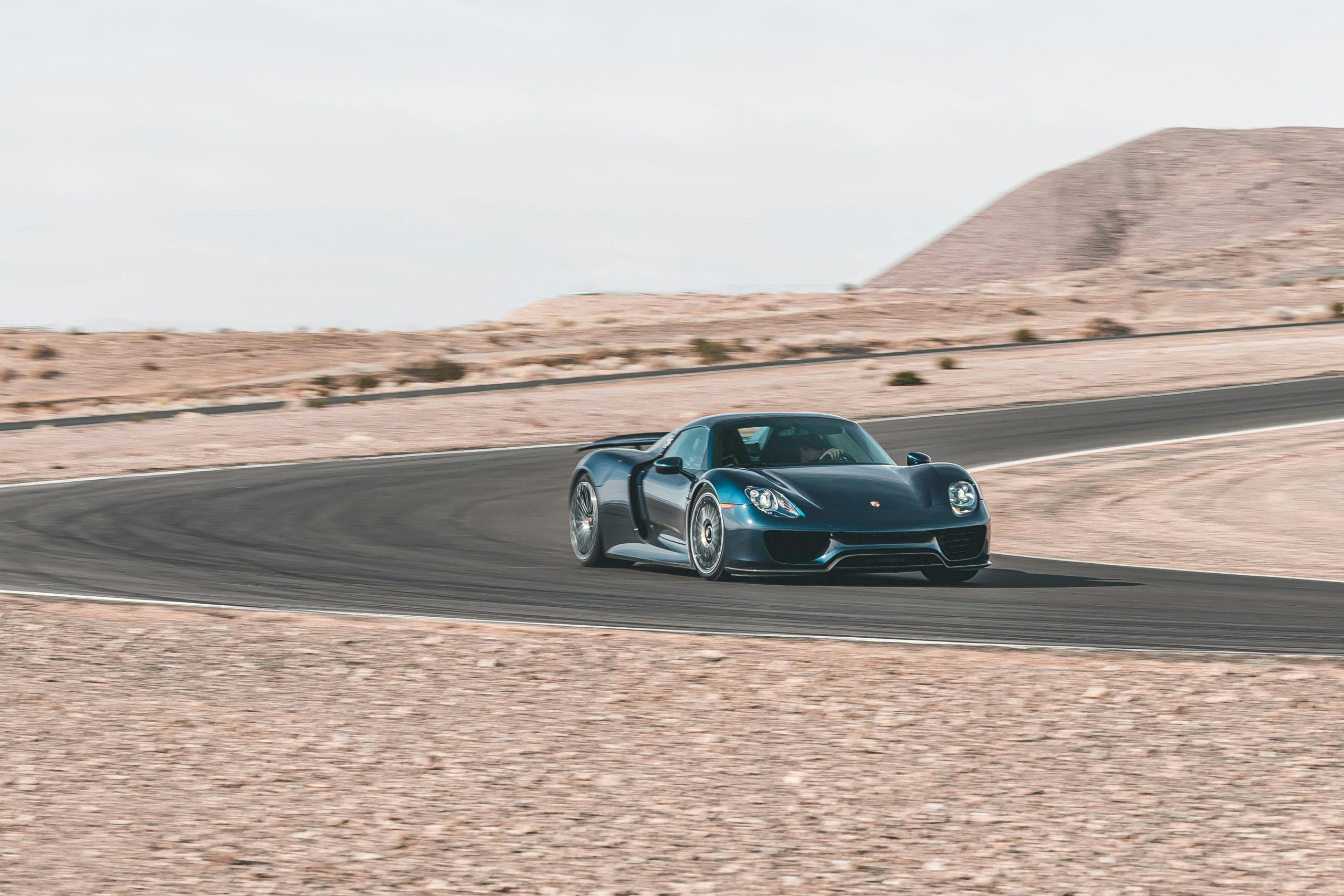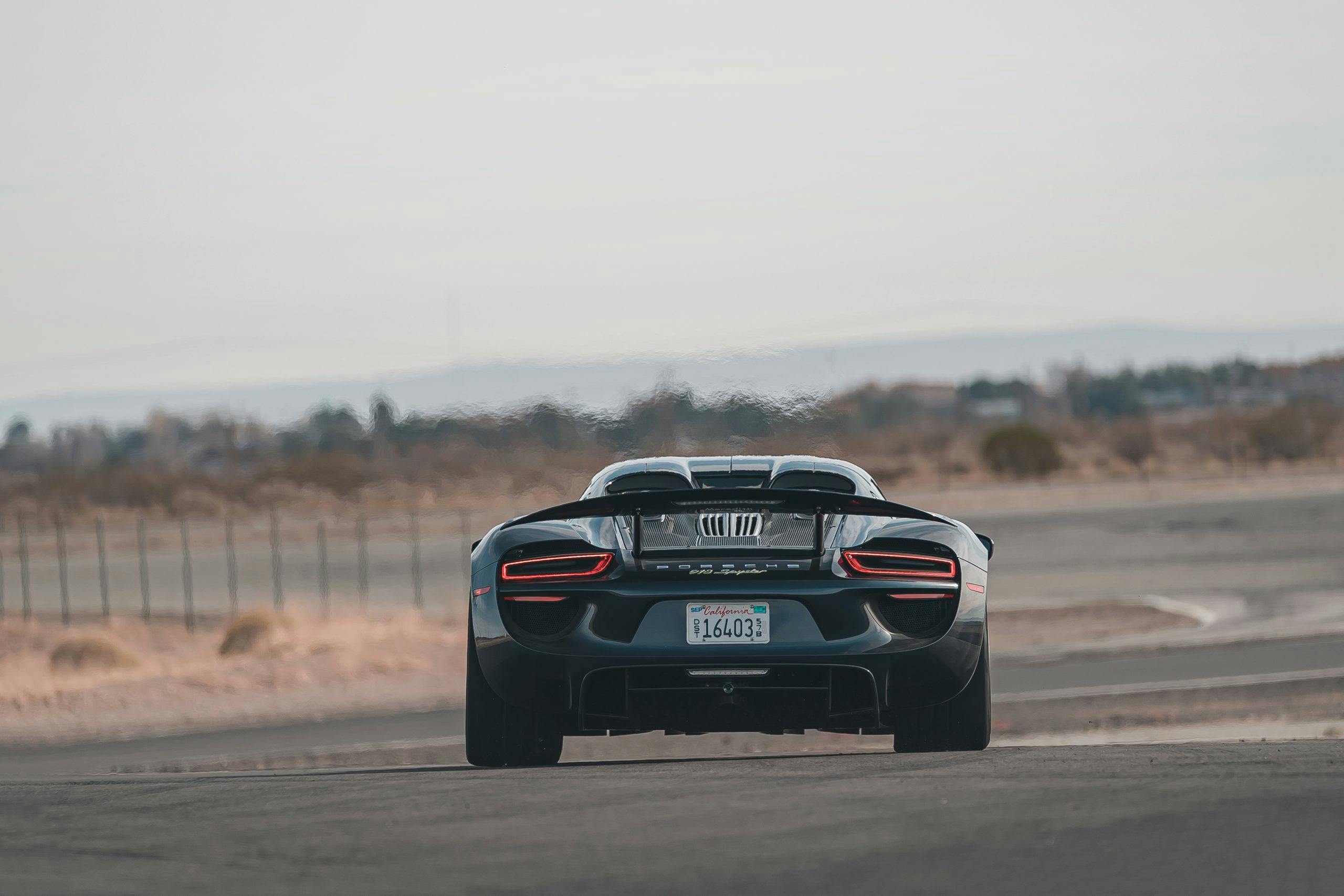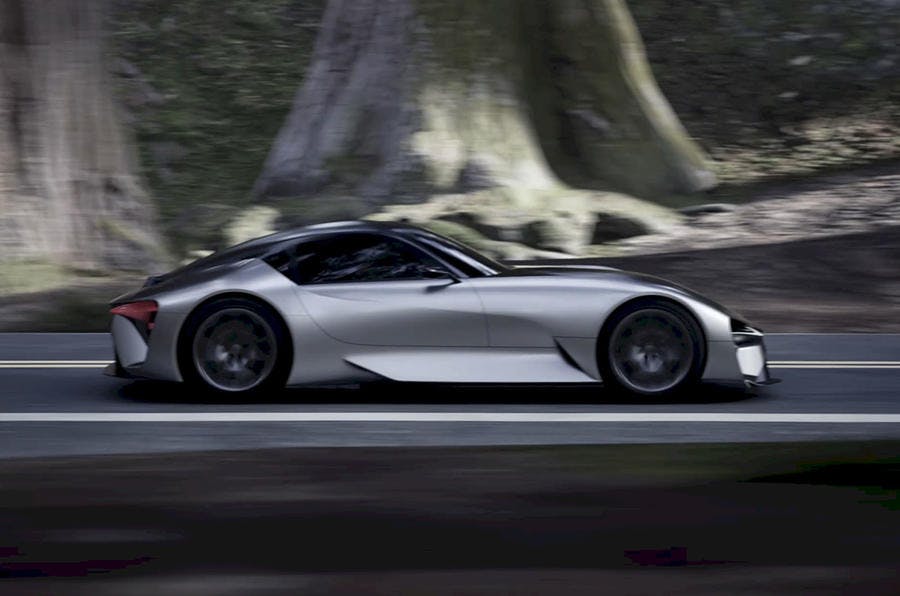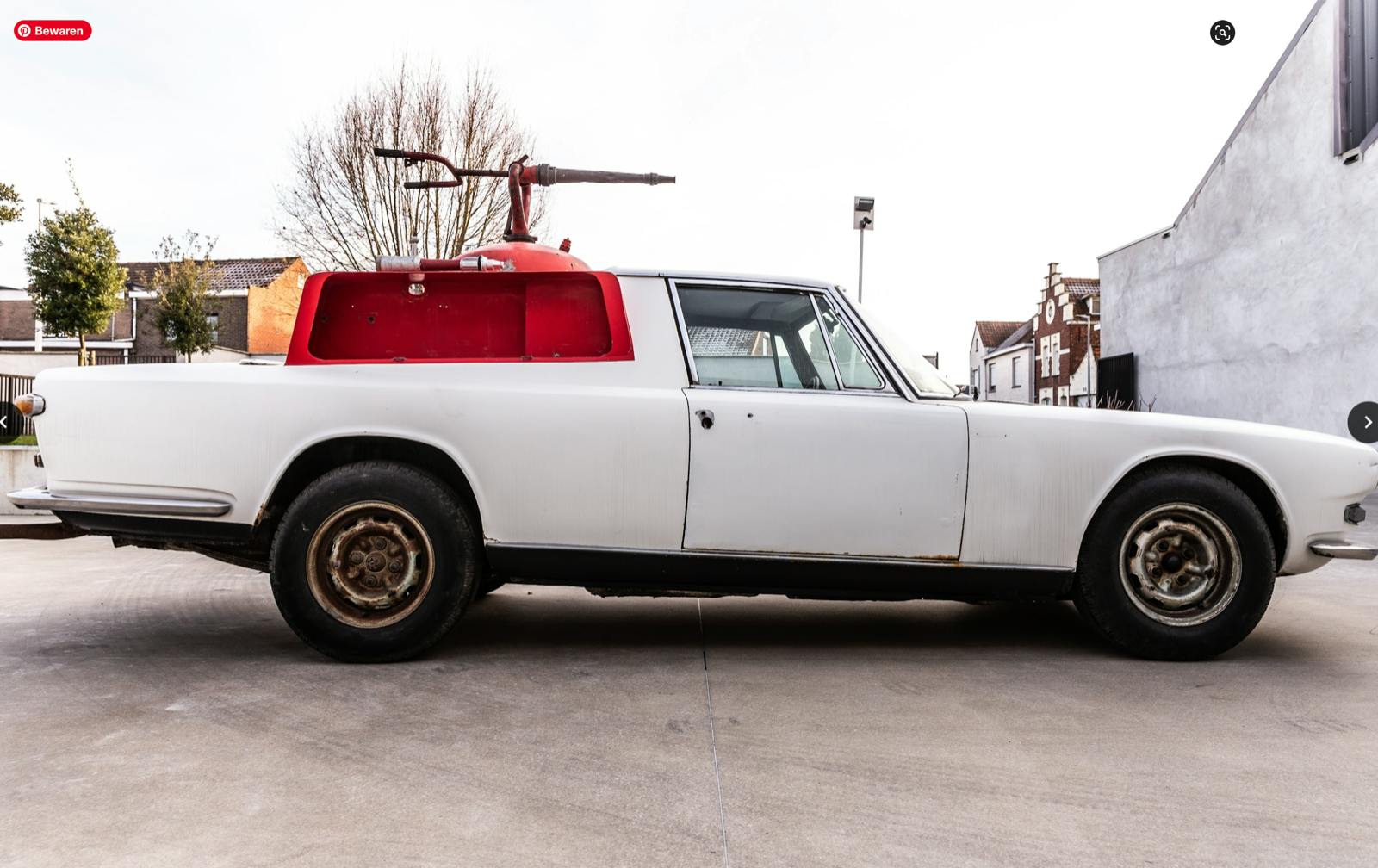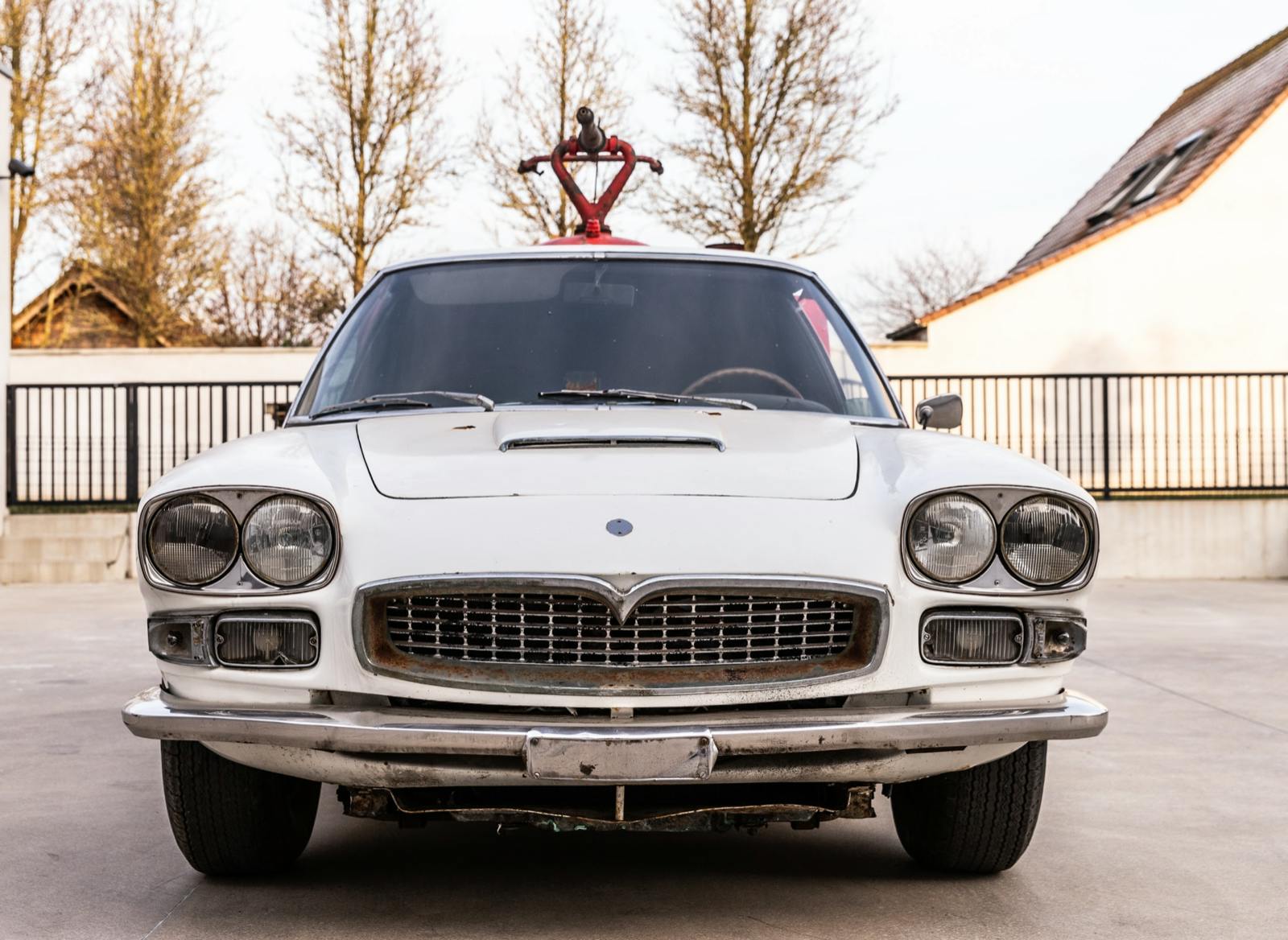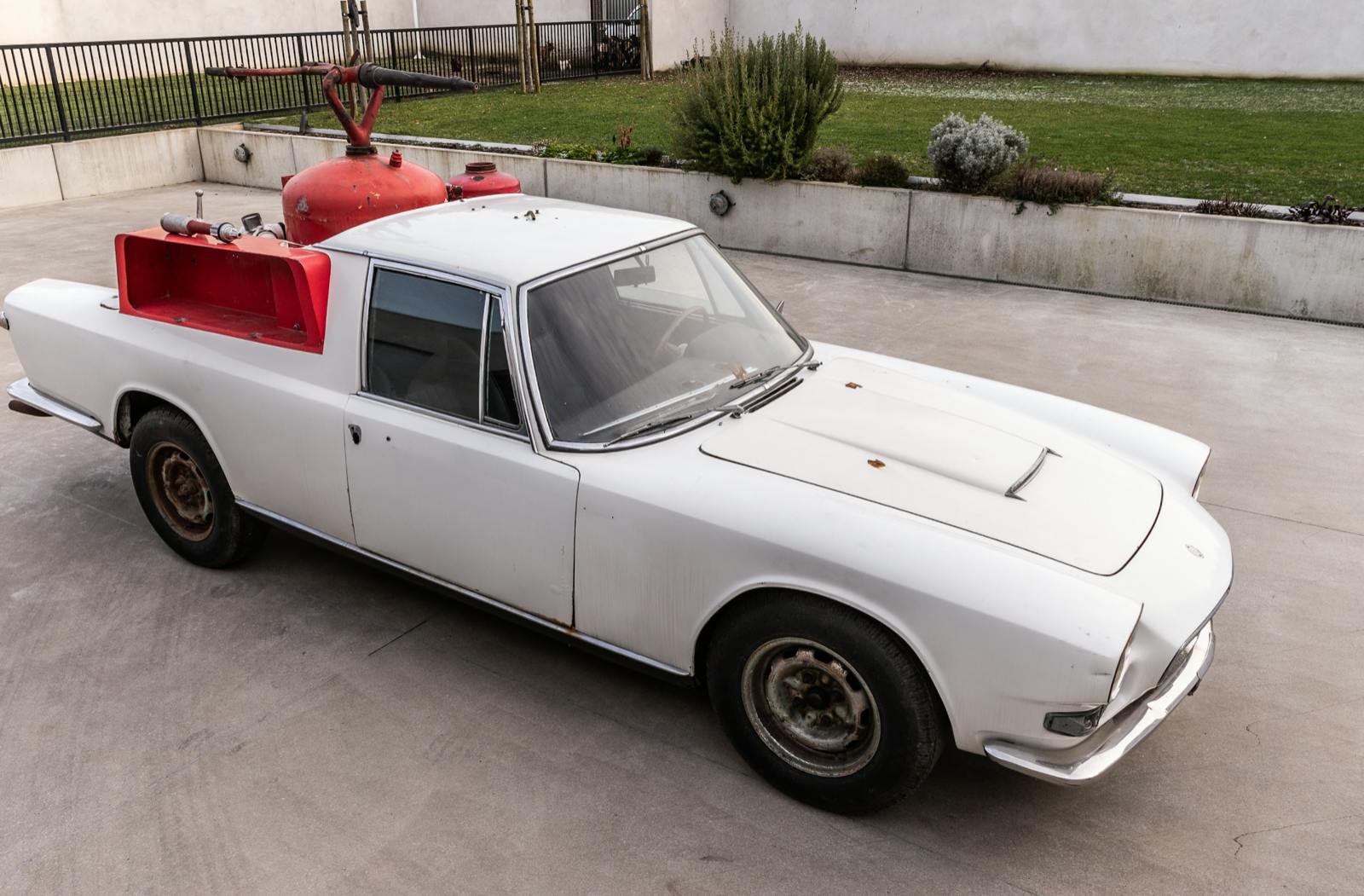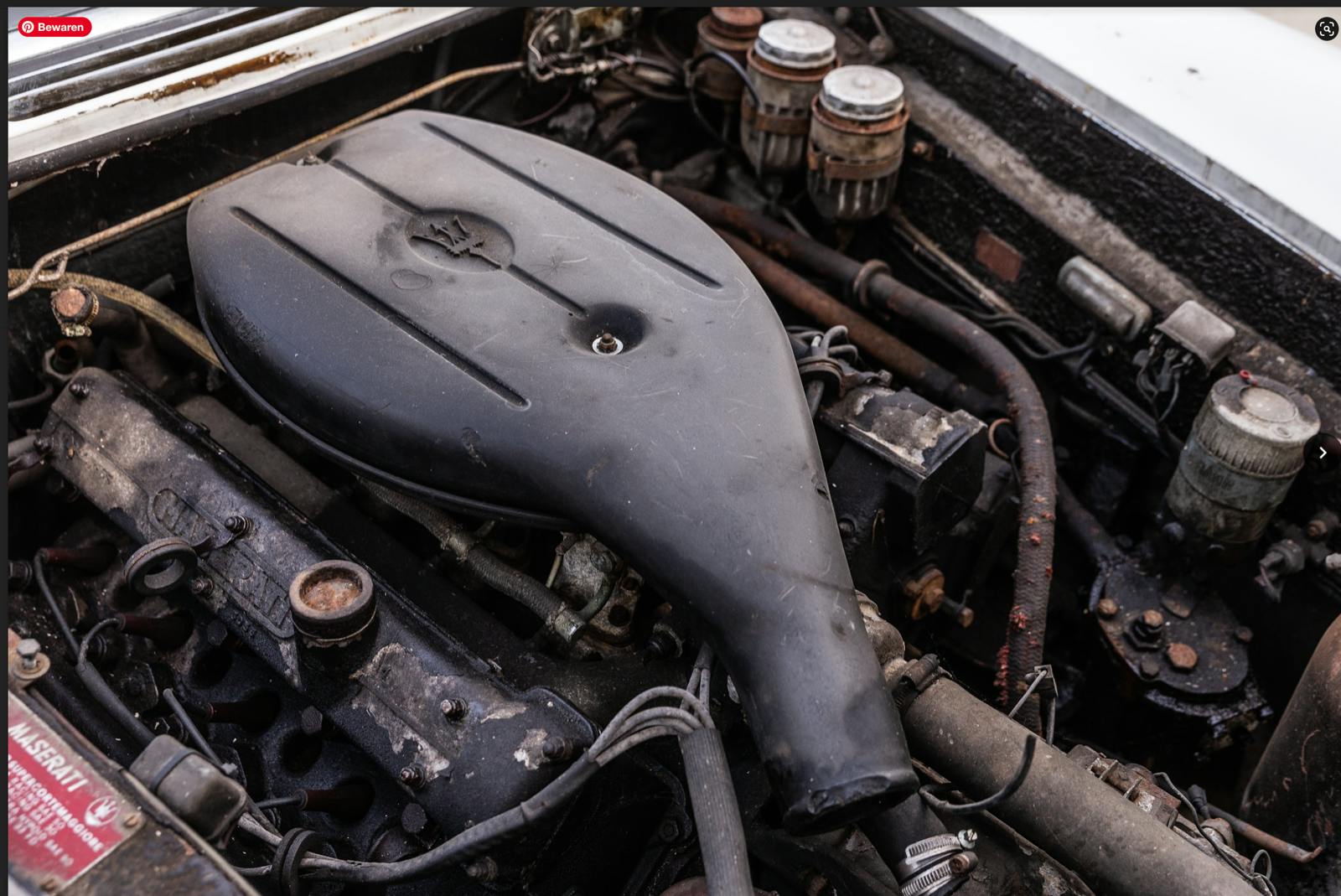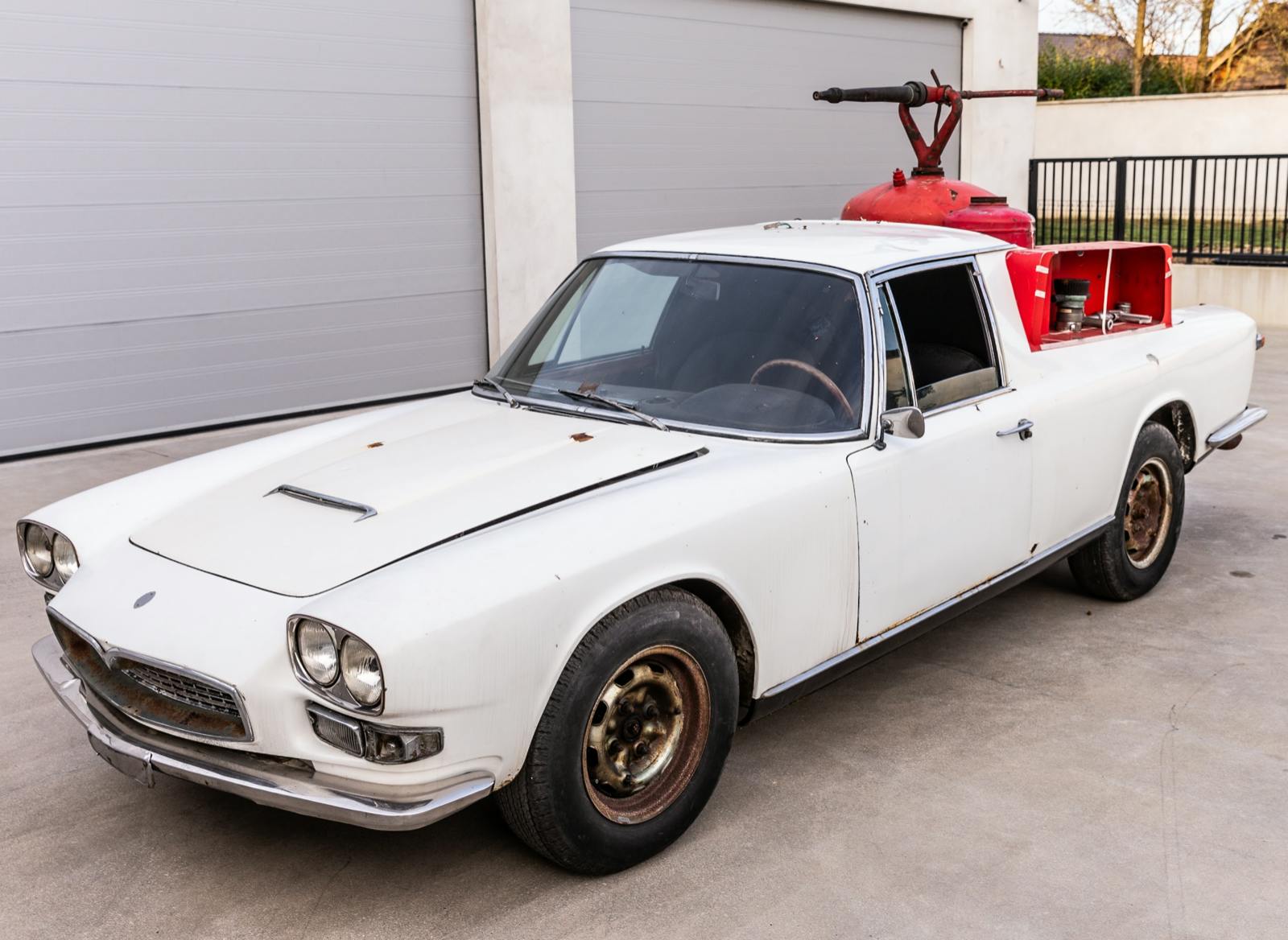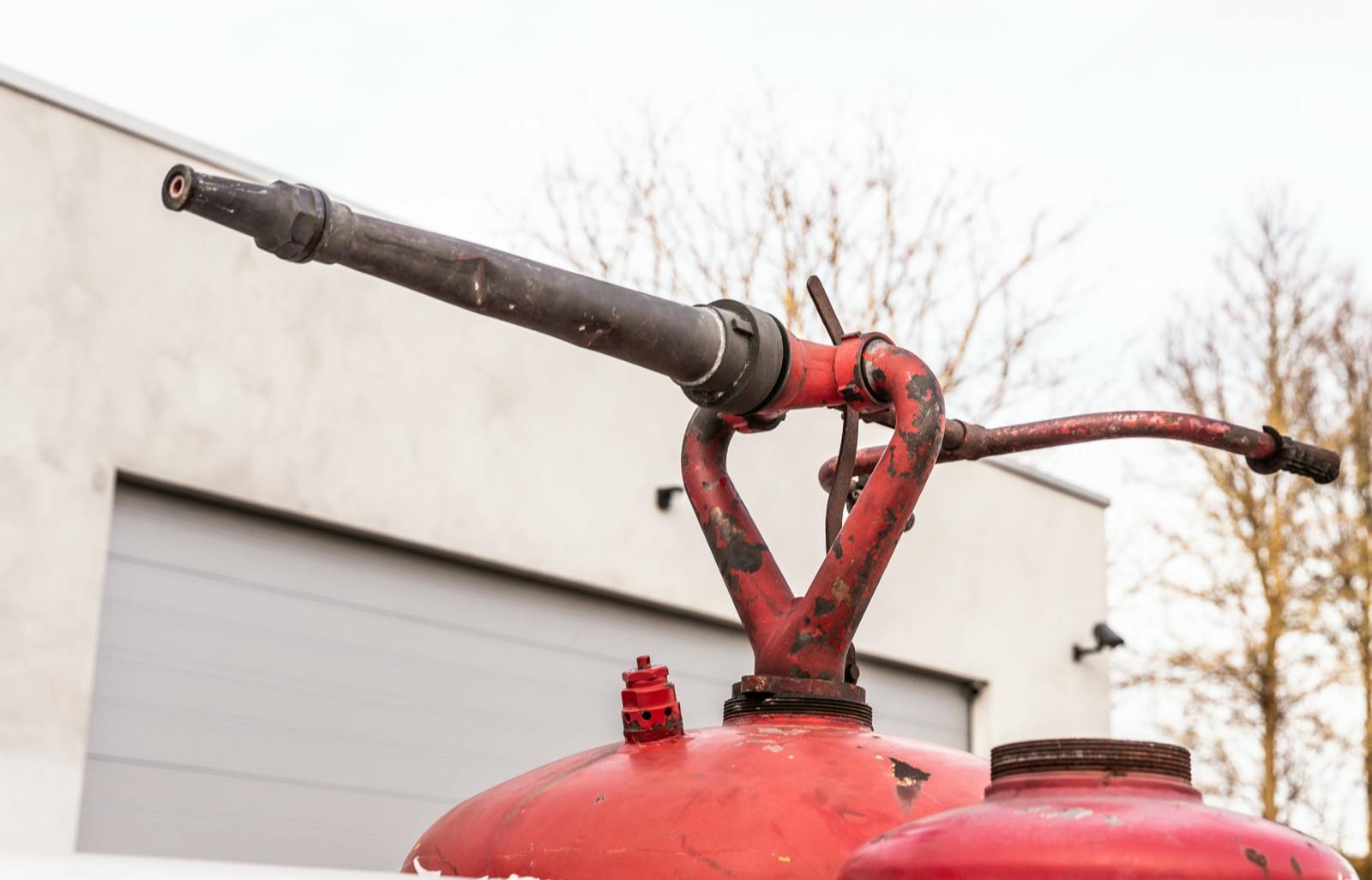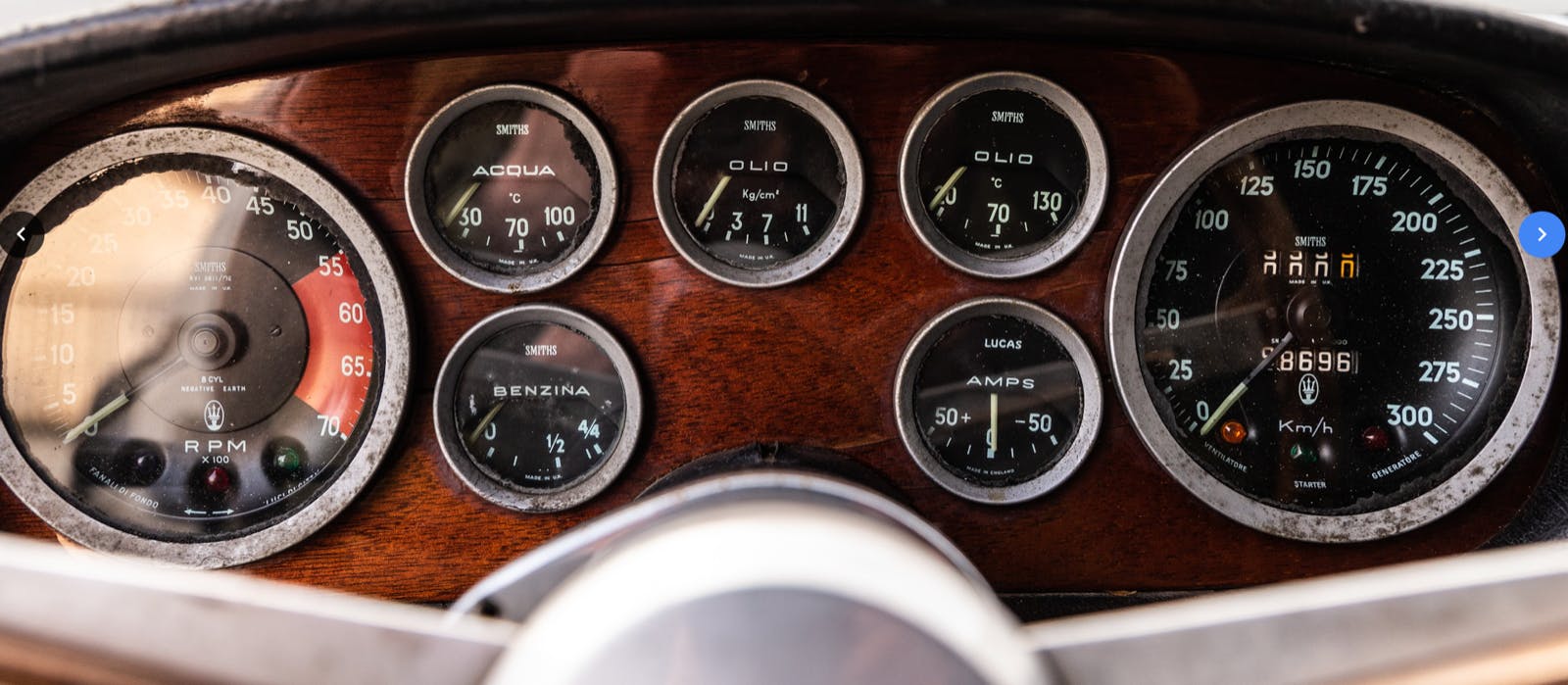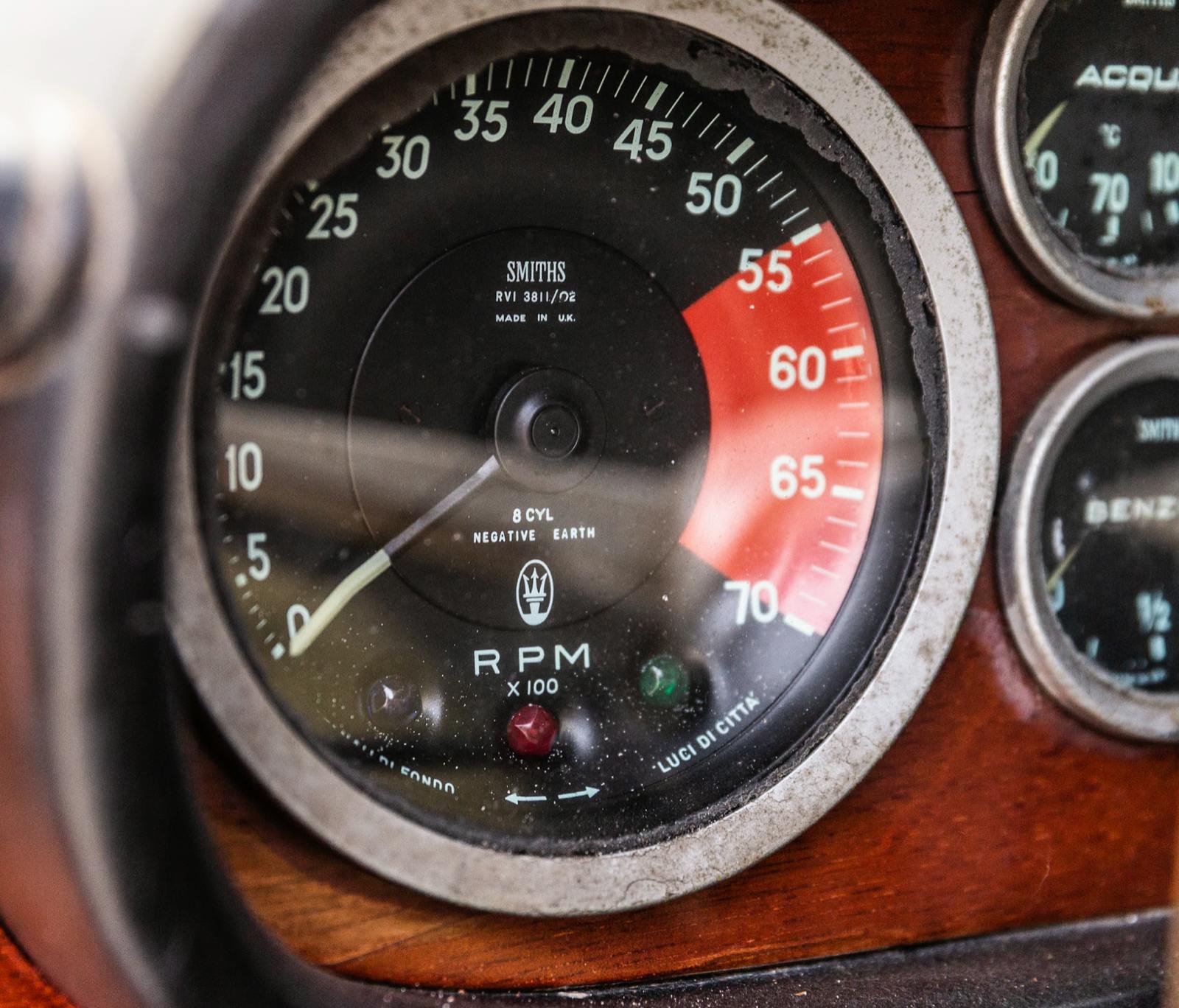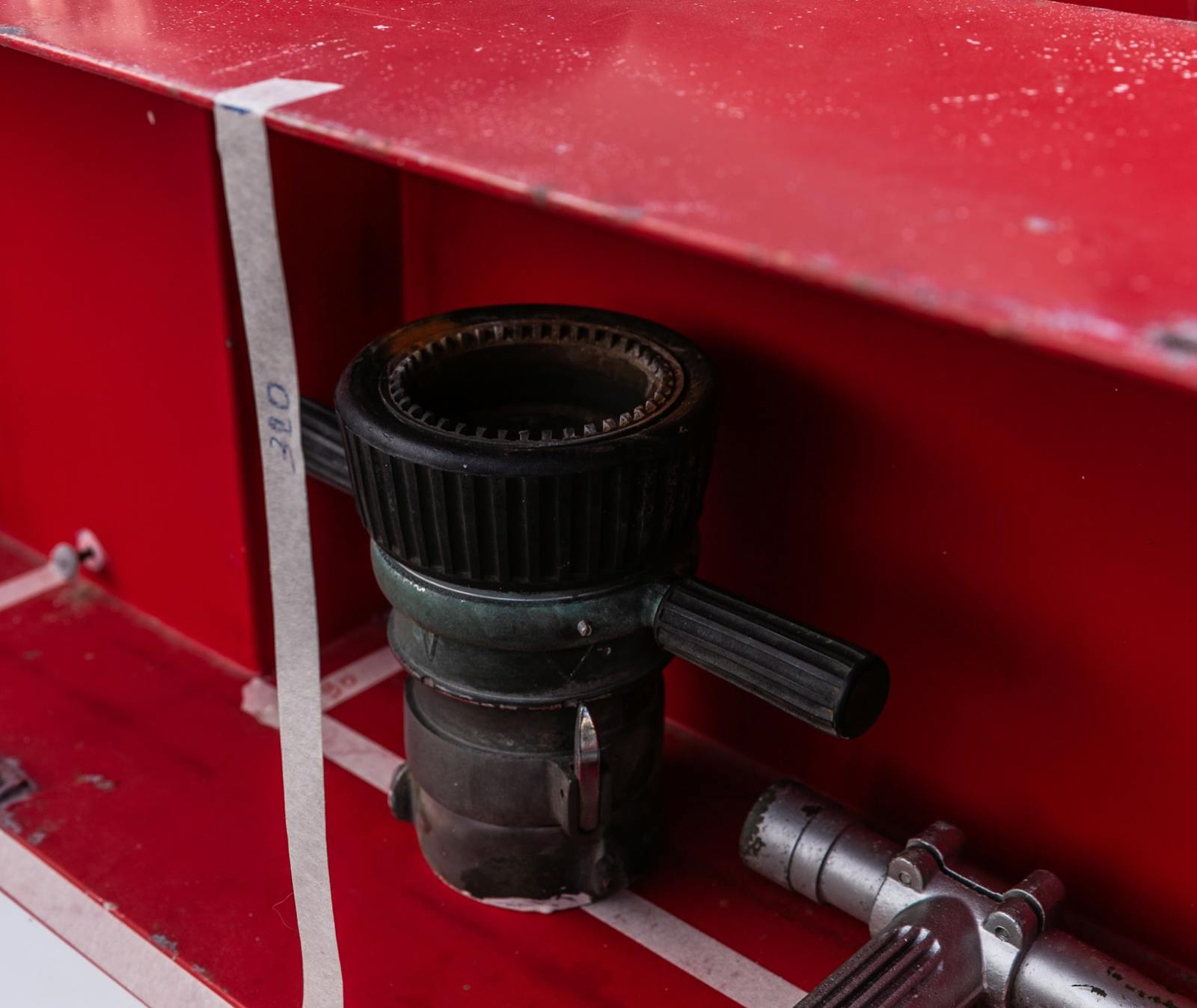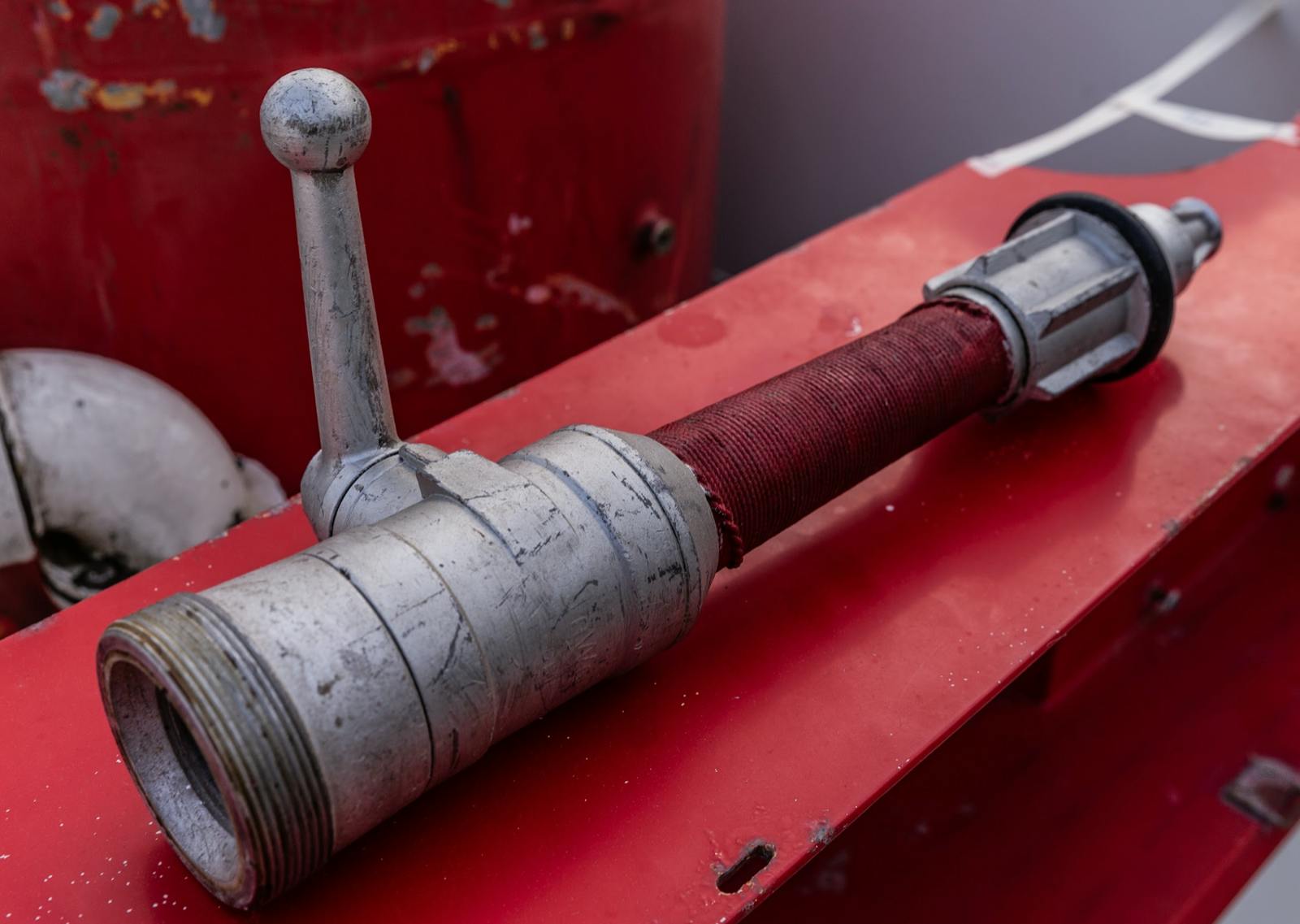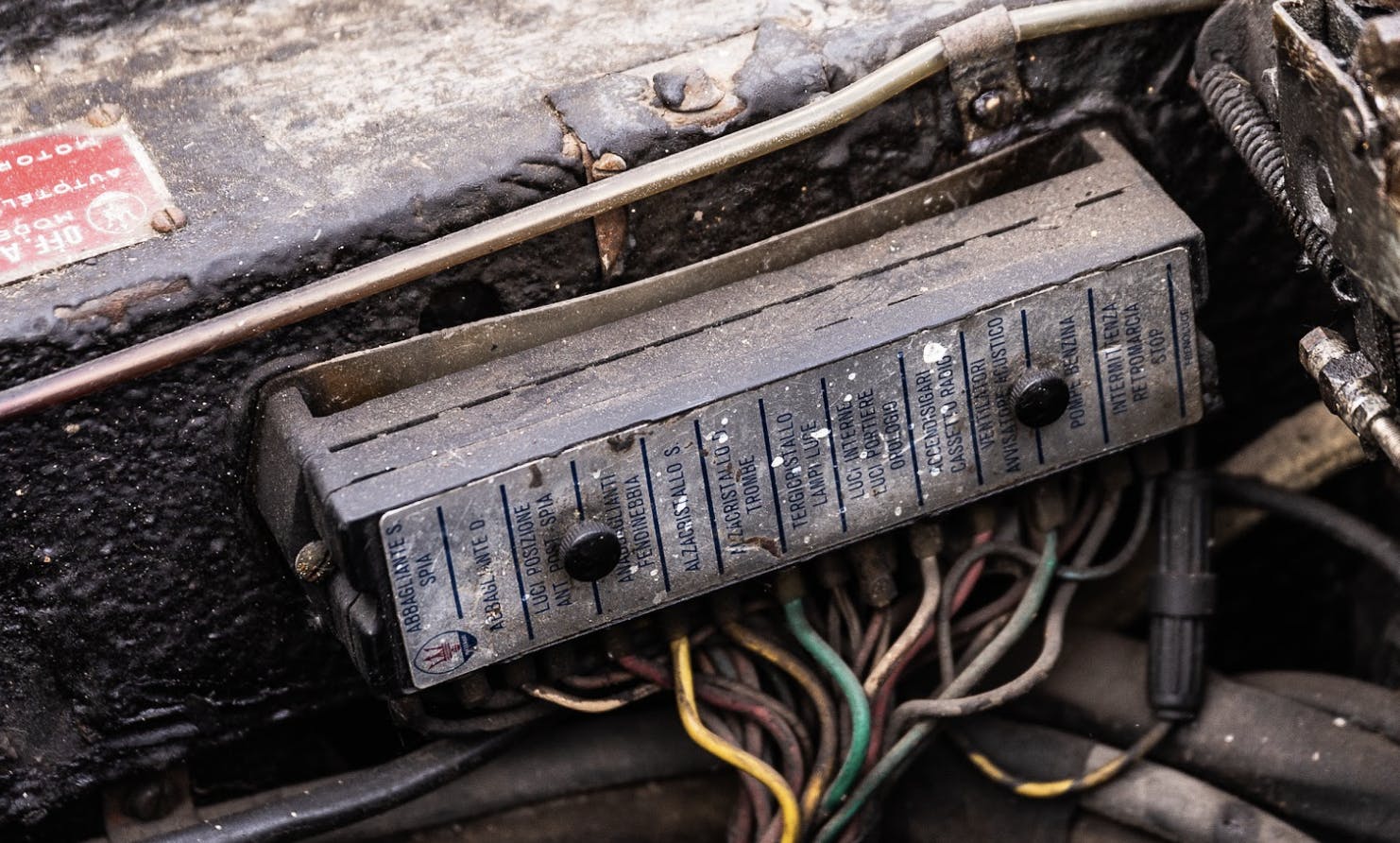Porsche’s V-8 love affair, LFA successor due in 2030, a fire-fighting Maserati for sale
Porsche remembers 45 years of V-8 love
Intake: The U.S. of A. isn’t the only country with an eight-cylinder love-affair. We associate the V-8 with Detroit-bred, straight-line monsters, but the V-8 has enjoyed some rather exotic applications overseas. Remember Porsche’s 918 Spyder? That’s its shapely rump flaunting some heat waves above. The superbly handsome German debuted as a concept in 2010, soon joined in production spec by other six-figure, battery-assisted hypercars such as the McLaren P1 (2012) and the Ferrari LaFerrari (2013). The Porsche’s flat-plane-crank 4.6-liter V-8, complemented by two electric motors, could shriek to a redline of 9000 rpm and the driveline boasted a total output of 887 hp. This Valentine’s Day, Porsche is harkening back even further, remembering its first-ever V-8 model, the controversial 928 (check it out in the slideshow below). Since then, Stuttgart’s dropped a V-8 in increasingly non-traditional vehicles, like the Panamera and the Cayenne.
Exhaust: 45 years after the 928, Porsche’s not done with the V-8: An eight-cylinder mill forms the backbone of the hybrid powertrain in its next-gen Le Mans race car. How long the engine configuration will stick around Stuttgart is anyone’s guess, but hopefully homologation rules mean that Porsche has at least one more hybrid V-8 monster up its sleeve.
Get ready to order Acura’s born-again Integra
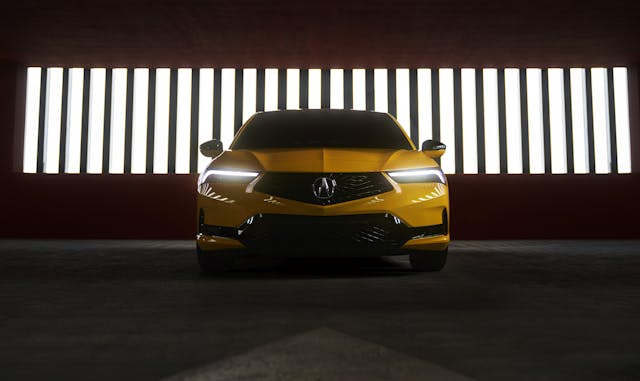
Intake: Those pining for keys to the new 2023 Acura Integra have a big milestone ahead: Pre-orders for the revived nameplate will open March 10. The Integra will be sold as a five-door hatchback with a swoopy profile and the same underpinnings as the 11th-generation Honda Civic Si. That means the same 1.5-liter turbocharged engine (perhaps with a power bump), an available six-speed manual transmission, and a helical-type limited-slip front differential. We saw a concept in early November that looked largely production-ready. So long as production is still on track, expect the Integra to arrive in dealerships in the second half of this year, priced “around $30,000.”
Exhaust: It goes without saying, but there’s a lot to live up to when your predecessor, the 1997 through 2001 Integra Type R, is widely considered to be the best front-drive car of all time. While compromises of the times—namely an engine that doesn’t like to rev, if our time in the Civic Si is any indication—are sure to harsh the vibe for some, we’re just happy to see another front-drive, semi-affordable sports car return to the fold. Get it in Phoenix Yellow. Life’s too short for another shade of gray.
LFA’s electric replacement confirmed, due in 2030
Intake: Lexus has confirmed that it is developing an electric supercar to lead its charge into battery power. The wild concept was first shown as one of 15 Toyota and Lexus concepts, but now the Japanese firm has revealed more photos of its challenger to the electric elite. Lexus says the car will be on sale by 2030, by which time it will have become an EV-only brand in the North America, Europe, and China. By 2035, internal combustion–powered Lexus cars will cease to be sold anywhere in the world. This flagship offering will be “a battery-EV sports car which inherits the driving taste, or the ‘secret sauce,’ of the performance cultivated via the development of the LFA,” says Lexus. The proportions are Supra-plus with an exaggerated hood, compact cabin, and short overhangs, rather than the cab-forward styling of the Lotus Evija, Pininfarina Battista, or Rimac Nevera. The classic front-engined, rear-drive silhouette suggests that as it steps into the future, Lexus still has a foot in the past.
Exhaust: As the collector market is proving, Lexus cooked up a seriously potent sauce when it first broke into the high-performance market with the V-10–powered, carbon-fiber-tubbed LFA. Though a falling economy doomed the supercar in period, it’s now basking in analog appeal. Can its BEV successor recapture that technological wow factor—and avoid the initial sales flop? Lexus has set itself a tall order—but damn, does it look good so far.
1060-hp F1 motor needs new home

Intake: A Porsche-TAG Formula 1 V-6 could become someone’s ultimate engine-swap candidate. The 1984 TTE P01 which powered the McLaren MP4/2 was capable of producing 1060 hp in qualifying trim and revved to a sky-high 12,600 rpm, despite a capacity of just 1.5 liters. For sale at Collecting Cars, the turbocharged engine is numbered 29 out of 40 and is said to retain all original internal components, while the block and cylinder head are also claimed to be in excellent condition, although when the engine last ran is not stated. At the time of writing bidding had reached around $14,000.
Exhaust: Although it’ll most likely end up as a fancy ornament, we’d love to see this motor brought back to life— and it would be most fitting to see it in a Porsche or McLaren, of course. Where would you install it?
Soros Fund Management injects $2B into Rivian

Intake: Recent filings show Rivian Automotive received an investment of nearly $2 billion from Soros Fund Management in Q4 of last year. The sale gives the firm over a 2 percent stake in the EV maker, at 19,835,761 shares. By comparison, that share number is hefty but still less than BlackRock’s 22,296,818 and T. Rowe Price’s 160,169,137. Following Rivian’s IPO frenzy in early November, prices soared to $179.47 per share but have since come back down to earth. Around the start of 2022, any investment in Rivian placed around the time of the Soros buy-in (last December) has decreased by roughly 40 percent to the current market levels. News of the announcement is providing a jolt to trading currently.
Exhaust: Large institutions appear keen on keeping Rivian in their portfolios for the long haul. It’s a sensible move, since the company is a cash-rich operation with room to grow—literally, in the case of its recently announced manufacturing expansion in the Atlanta area. A new Georgia plant will allow Rivian to essentially triple its overall production capacity, which will prioritize the commercial sector, in 2024.
For sale: Fire-breathing Maserati is a flame-extinguishing beast
Intake: Maserati’s Quattroporte is a luxury sedan of the highest order. Except when it’s not, because this first generation, 1968 Quattroporte was converted into a high-speed fire truck used to find and extinguish conflagratory race cars on Italy’s famous Monza Circuit. The seller states that it was bought with a full restoration in mind, but this exotic fire extinguisher is currently one of too many projects in this case. His eBay auction goes further to say that “the buyer must rebuild it 100% original as it was before,” and considering its pedigree, that’s likely to be its future.
Exhaust: With long straightaways and a history of tragic accidents, Italy’s Monza Circuit is a rather dangerous place to race. Numerous alterations to the track’s layout occurred over the years, but perhaps the film Grand Prix starring the legendary James Garner proves that a moving picture is worth a thousand words. No wonder a Maserati with a big V-8 and an advertised top speed of roughly 143 to 158 mph (on a stock body) was needed to quench a burning race car.
